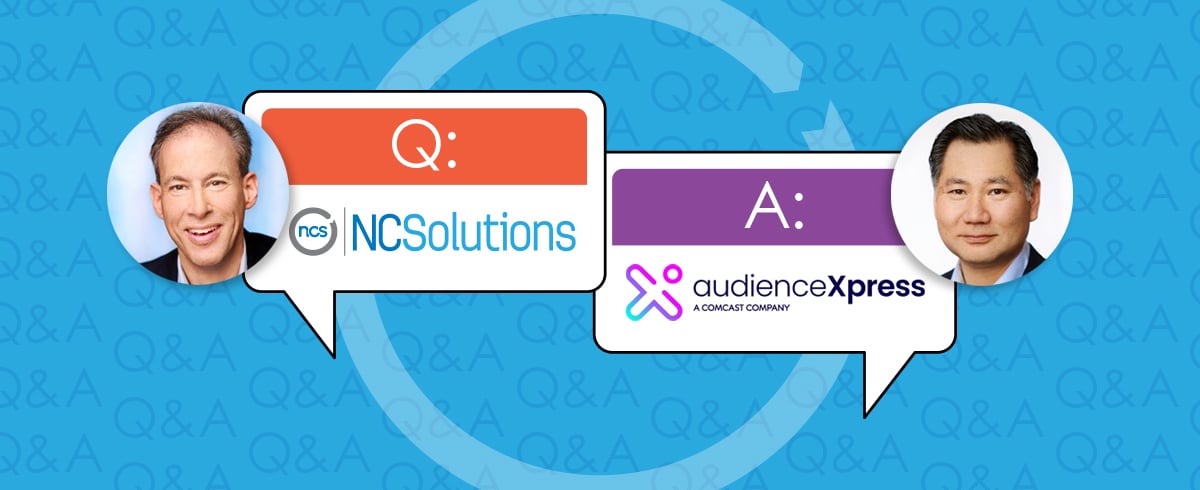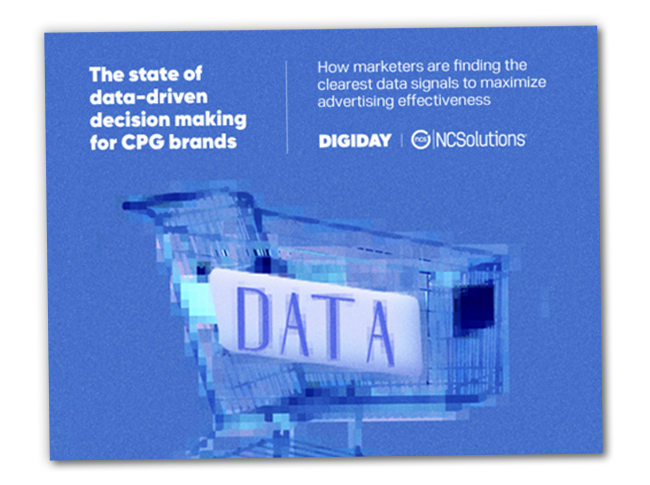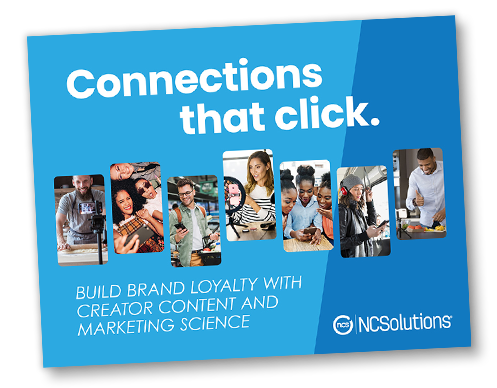Menu
 A conversation with AudienceXpress about the advantages of data-driven linear TV advertising
A conversation with AudienceXpress about the advantages of data-driven linear TV advertising
By Peter Topol, VP, TV Partnerships
There’s a major untapped opportunity in data-driven linear TV, according to the results of a new meta-study we’re sharing today. To explore what this means for CPG advertisers in the changing TV landscape, we talked to Ed Kim, AudienceXpress’ Head of Research & Insights.
BACKGROUND:
Every year, the increased number of linear and streaming platforms offering TV advertising to consumer packaged goods (CPG) brands necessitates almost a complete reinvention of the media planning and buying process. What worked last year doesn’t necessarily reflect the landscape this year. As more streaming services enter the premium content tier, the landscape becomes even more fragmented and difficult to manage.
How can CPG brands ensure their advertising is placed in high-quality content that shoppers will consume? Is it with major upfront commitments, forgoing some agility and taking bigger risks in the face of an uncertain economic future? Where are the highest levels of consumer attention, and is it worth the premium cost? For all but the largest CPG brands, many of these options aren’t even viable. The questions and decisions continue to evolve, with the same end goal in sight: spending TV budgets most effectively and efficiently while driving brand awareness and sales.
Although change in this space can be glacial, depending on the vertical, the way advertisers are thinking about their TV plans is evolving. Ever-improving targeting capabilities allow for premium content to be delivered to a more responsive audience, positioning TV as a valuable lower-funnel, sales-driving tactic for advertisers. Data-driven linear TV is an especially effective platform, and it’s the focus of our conversation today.
AND NOW LET'S TALK TO ED:
Q:
PETER: We’ve been talking about data-driven linear TV for a long time now. We have seen repeatedly that high-quality TV advertising can be delivered to a specific, purchase-based audience. But it seems like the industry has yet to fully buy in. What’s the hang-up?
A:
ED: There are some misconceptions about data-driven linear TV that tend to get in the way. Advertisers often believe that they have to give up reach or it’s cost prohibitive when they advertise to a more precise audience. Also, a large-scale shift in mindset needs to happen. TV was not traditionally thought of as a lower funnel tactic to drive sales, but more of an upper funnel tactic to drive brand awareness. It’s still not widely known that a data-driven linear TV campaign can get more impressions—particularly more valuable impressions—for the same budget. There’s a lot more room for us on this side of the table to provide the proof to advertisers.
Q:
PETER: All the conversations we’ve been hearing around this year’s upfronts have been about quality. Premium content. Sometimes we think Unwired TV, like what AudienceXpress offers, gets a bad rap for not having the highest-quality content.
A:
ED: The only area where content might be different is with sponsorship opportunities the major networks offer. Especially for small-to-midsize CPG companies with smaller ad budgets who can’t compete with big-budget advertisers, AudienceXpress gives them the opportunity to reach the right audience in premium content at efficient pricing. It also allows for a lot more flexibility, leading to a more iterative approach that lets advertisers adjust based on the response of their audience to their campaigns.
Q:
PETER: What other misconceptions or habits do TV advertisers need to give up to fully embrace more targeted TV advertising? We’ve worked together in various roles for a long time, and it seems like we’ve been having this same conversation since 2016. Clearly, technology has come a long way in the past six years to allow advertisers to deliver advertising to a purchase-based audience at scale, but what else is getting in the way?
A:
ED: Old habits die hard, I guess. I think it just takes time to change a really ingrained way of thinking. This is the way it’s always been done. TV has been the go-to media vehicle since the ‘60s when it replaced radio to broadly reach every household in the U.S., and that’s when a lot of the advertising playbook was written. Over the past year, we’ve seen a lot of advertisers really coming around to audience-based (and especially purchase-based) targeting in linear TV. They’ve seen enough examples to know they can improve their return on advertising spend (ROAS) this way, and that metric is becoming more important in TV as time goes on.
PETER: When TV is delivered to an audience that’s most likely to buy the product, it’s a very effective use of the campaign budget. A recent 10-campaign meta-study by NCSolutions for AudienceXpress showed a median ROAS of $3.79. The impact on in-store sales was clear, and we were able to understand which audiences responded best to the advertising. This information can inform better strategic choices for the future.
Access the meta-study to discover how several CPG brands achieved success with their TV campaigns.
Subscribe for Updates
GET INSIDE THE MINDS OF CPG BRAND MARKETERS
Learn about their data-fueled strategies
SNAG YOUR COPY OF THE REPORT TODAY
WONDERING HOW CONSUMERS RESPOND TO INFLUENCER MARKETING?
See how creating content drives results
DOWNLOAD YOUR COPY NOW
WANT TO KNOW MORE ABOUT HEALTH AND ECO-MINDED SHOPPERS?
Get CPG insights to engage your buyers
ACCESS THE E-BOOK TODAY


.png)
.png)

